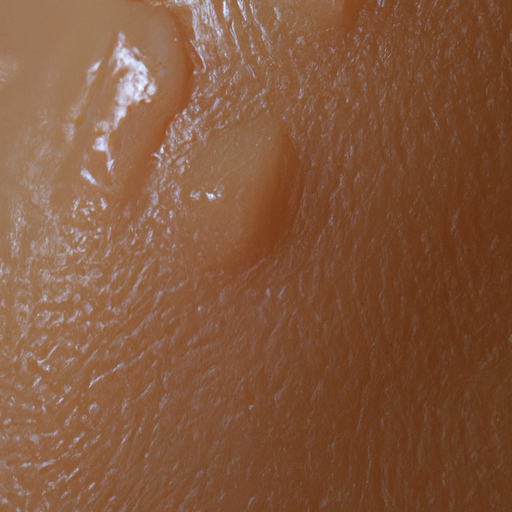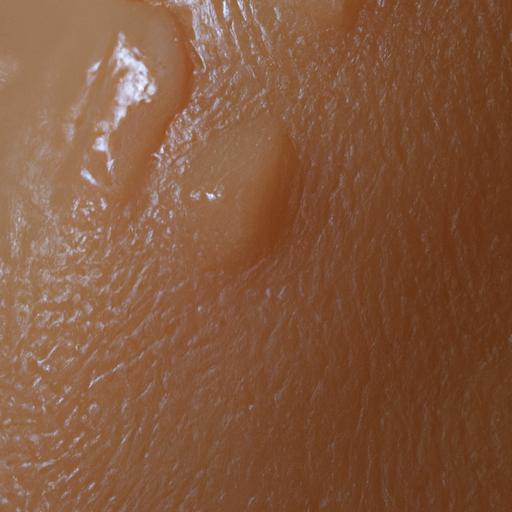As a medical professional, I often encounter patients who are battling with skin issues, particularly dry and oily skin. These conditions can be a source of discomfort and embarrassment, affecting one’s self-esteem and overall quality of life. However, it is important to understand that these are common skin conditions that can be managed effectively with the right care and treatment. In this article, we will unmask some solutions to tackle dry and oily skin.
Dry skin is characterized by a lack of moisture in its outer layer, leading to itching, scaling, and cracking. It can be caused by various factors such as weather changes, hot showers, harsh soaps, and certain medical conditions. On the other hand, oily skin is caused by overactive sebaceous glands that produce excess sebum, leading to a shiny appearance and clogged pores. Genetics, hormonal changes, stress, and humidity can contribute to oily skin.
When dealing with dry skin, the first step is to hydrate and moisturize. Drinking plenty of water helps to keep your body and skin hydrated from the inside out. Using a moisturizer that suits your skin type is also crucial. Look for products containing ingredients like hyaluronic acid and ceramides that help to lock in moisture.
Avoid long hot showers as they can strip your skin of its natural oils. Opt for lukewarm water instead. Also, consider using gentle, fragrance-free soaps or cleansers that won’t dry out your skin. Humidifiers can also help by adding moisture to the air in your home, especially during the dry winter months.
For oily skin, the key is balance. While it might be tempting to use harsh products to remove all the oil from your skin, this can actually cause your sebaceous glands to produce even more oil. Instead, use a gentle cleanser twice a day to remove excess oil without drying out your skin.
Exfoliation is also important for oily skin as it helps to unclog pores and prevent acne. However, be careful not to overdo it as this can irritate your skin and trigger more oil production. Look for products containing salicylic acid or alpha-hydroxy acids, which are effective at breaking down excess sebum and dead skin cells.
Despite the common belief, oily skin also needs moisturization. Opt for oil-free, non-comedogenic moisturizers that won’t clog your pores. Additionally, using blotting papers throughout the day can help to control shine without disrupting your skin’s natural balance.
In some cases, if your dry or oily skin condition is severe or persistent, it may be necessary to seek professional help. Dermatologists can provide personalized treatment plans, which may include prescription creams or medications.
Lastly, remember that a healthy diet and lifestyle can significantly impact your skin’s health. Consuming a balanced diet rich in fruits, vegetables, lean proteins, and healthy fats can nourish your skin from within. Regular exercise can also help by improving blood circulation and promoting the removal of toxins from your body.
In conclusion, managing dry and oily skin requires a combination of proper skincare, a healthy diet, and lifestyle changes. While these conditions can be challenging to deal with, remember that they are manageable with the right care and treatment. Don’t let your skin condition define you. Instead, embrace it as part of your unique beauty and take steps to manage it effectively.




